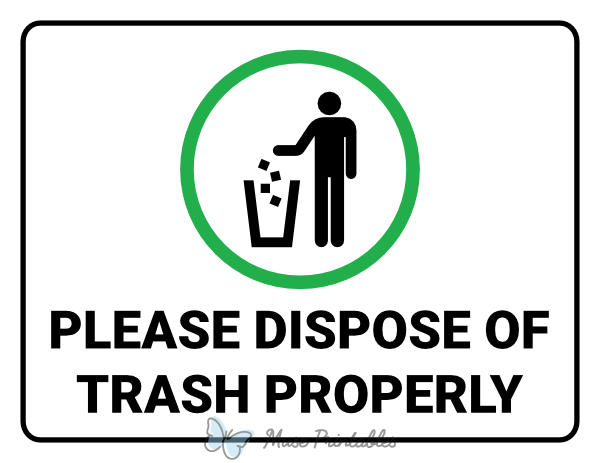When Should Christmas Decorations Come Down?

Christmas, a festival of joy, love, and festivities, marks the culmination of the year with lights, gifts, and decorations that turn homes into enchanting winter wonderlands. However, as January rolls around, the question arises: When should Christmas decorations come down? While tradition and customs offer various guidelines, personal preference, practicality, and cultural practices also play significant roles in deciding when to pack away the tinsel and dismantle the tree.
Historical and Traditional Perspectives

Historically, the removal of Christmas decorations has been tied to specific dates with religious significance:
- Twelfth Night: Celebrated on January 5th or January 6th (Epiphany), this day marks the end of the Christmas season in many Christian traditions. It is believed that decorations should be taken down by this date to avoid inviting misfortune for the coming year.
- Epiphany: Also known as Three Kings’ Day, Epiphany on January 6th commemorates the visit of the Magi to the infant Jesus. For those who adhere to this tradition, keeping decorations up past this date might bring bad luck.
The Modern Take on Decorations

In contemporary times, the timing of decoration removal has become less about avoiding misfortune and more about practicality, personal satisfaction, and public etiquette:
- Practicality: Many people choose to take down decorations when they’re feeling tired of the festive season or when they are ready to transition into the new year’s routines. For some, the first week of January is the sweet spot for decluttering their homes from the festive paraphernalia.
- City and Community Policies: In many places, especially urban settings, municipalities set specific dates for when decorations must be removed, particularly when they adorn public spaces. This is to maintain city cleanliness and prepare for other events or seasons.
- Personal Preference: Increasingly, people decide to leave their Christmas decorations up longer if it brings them joy or if they wish to extend the holiday spirit into the winter months. For others, the sight of decorations past a certain point can feel out of place or outdated.
🎄 Note: For those living in apartments or condos, checking community or building regulations regarding decoration removal dates can save potential fines or penalties.
Cultural Variations

While Christian traditions have significantly influenced the timing of Christmas decoration removal, various cultures have their own practices:
- Orthodox Christian Traditions: Those following the Julian calendar celebrate Christmas later, often around January 7th, which means their decorations remain up into January or even February.
- Nordic Countries: In Sweden, Norway, and Finland, the Yule season extends into late January, keeping homes decorated with lights to combat the long, dark winters.
- Latin American Customs: In some Latin American countries, decorations might stay up until Candlemas on February 2nd, celebrating the Presentation of Jesus at the Temple.
Environmental and Safety Considerations

The removal of Christmas decorations also prompts considerations about sustainability and safety:
- Recycling: With the rising awareness of environmental issues, more people are conscious about recycling their Christmas trees, decorations, and packaging materials.
- Fire Safety: Dried-out Christmas trees become a fire hazard after the holiday season. Prompt removal or proper disposal can mitigate this risk.
- Pet and Child Safety: As children and pets may be attracted to shiny baubles and lights, dismantling decorations can prevent potential injuries or damages.
Emotional Attachment

Christmas decorations are not just adornments; they are carriers of memories, traditions, and personal significance. For some:
- The act of putting away decorations can be bittersweet, signaling the end of a joyous period.
- Others might choose to leave up specific decorations, like lights, to keep the warmth of the season alive or until the first signs of spring appear.
As the year progresses, what seems like a simple task of putting away decorations unveils a rich tapestry of cultural, personal, and practical considerations. While tradition advises the removal of Christmas decorations by the Twelfth Night or Epiphany, modern life has introduced flexibility and personal choice into this practice. Whether one follows the age-old customs or adopts a more relaxed approach, the timing of taking down Christmas decorations is as varied and personal as the festive season itself.
Can I keep my Christmas tree up longer if it’s artificial?

+
Yes, artificial trees do not pose the same fire hazards as real ones, allowing you the flexibility to decide when to pack them away. However, prolonged display might make decorations feel out of season or become a dust collector.
What should I do with a real Christmas tree after Christmas?

+
Many municipalities offer recycling programs for Christmas trees. They can be mulched, turned into compost, or even used in wildlife conservation efforts. Check local regulations for disposal or recycling options.
Is it bad luck to leave Christmas decorations up after Epiphany?

+
While some traditions hold that keeping decorations up past Epiphany might invite misfortune, these beliefs are more cultural than absolute. Many people do not observe this superstition, focusing instead on personal comfort and the continuation of holiday cheer.
How should I store my Christmas decorations?

+
Store decorations in a cool, dry place to prevent damage. Use containers or boxes designed for ornaments, lights should be wrapped around reels or with care to avoid tangles, and keep delicate items wrapped to prevent breakage.
What if I live in a community with strict rules on when to take decorations down?

+
Always adhere to your community’s regulations to avoid fines or penalties. If you wish to keep your decorations up longer, consider finding a way to transition them into winter decor or use indoor decorations that can remain unnoticed from the outside.



